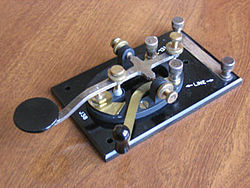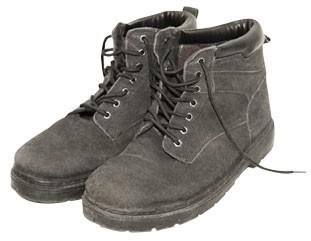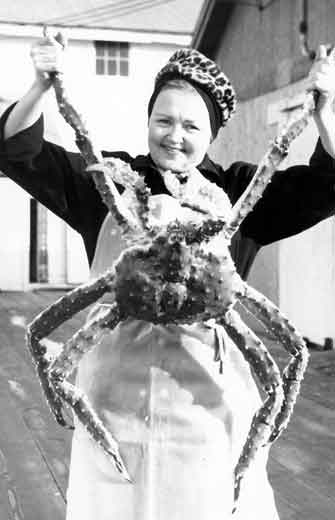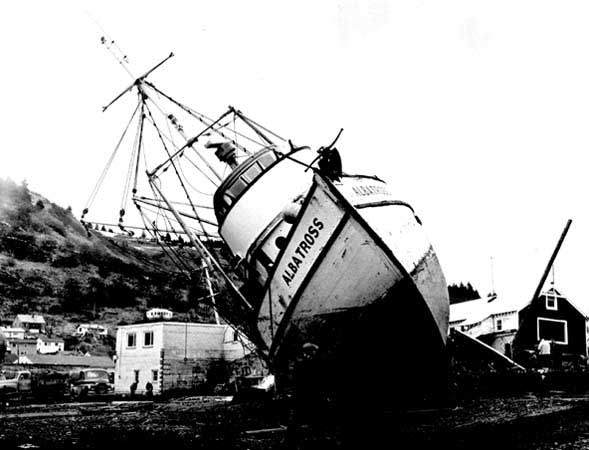So, it’s been forever. Sorry. Anyway, I’m back. With a rant.
I have a problem with selfies.

The joke goes like this: Why are selfies called selfies? Answer: Because narcissisties is too difficult to spell.
So, I have teenage daughters, and yeah, they post selfies from time to time. On Instagram, Facebook, Snapchat and whatever other cool app kids are communicating on these days (yes, I am old – deal with it) in various poses ranging from “kissy face” to librarian face to sultry vixen (stop that!). I’ve even posted a few selfies of my own. They’re harmeless fun.
Mostly.
Here’s my thing though. I was scanning through Instagram the other day while waiting in line at the grocery store, and as I follow several of my daughters’ friends (and they follow me back, because I’m that cool they’re polite), my feed was … well, awash with selfies. Now this is not a problem in and of itself – I love seeing what beautiful young women my girls and their friends have become, as old as it makes me feel. It’s just that selfies are so … silent.
Obviously, selfies are huge. Duh. A quick wiki search showed me that the term was first coined in 2005 by some photographer and that the phenomenon gained quickly in popularity because of the whole MySpace thing. Whatever. I’ll buy that. I’ll believe Instagram has over 53 million photos tagged with the hashtag #selfie, if Wikipedia says so. And Wiki says they’re popular among both sexes, but that’s where I’ll depart from convention a little. Maybe I only see a wee slice of humanity on my social media feeds, but the slice I do see is hands-down mostly female. A huge majority of the selfies I run across are of girls. Beautiful girls, yeah. But mostly, girls.
Here’s where the little voice in my head rolls its eyes and goes, “yeah … so?” The little voice has five kids, so bear with me.
So … this. Day after day, my social media feed is full of photos of beautiful girls who are mute, silent. They’re content to post a photo of themselves and leave it at that. Okay, I take it back – you gotta have hashtags … #selfie #selfienation #selfiequeen. There’s #selfieoftheday, #selfiemonday, #selfietuesday … and so on. But what I noticed the other day at the grocery store was a wall of silent women content to be seen and not heard (hashtags not withstanding). Like being seen, being beautiful is ENOUGH (it’s not), like the face you present to the world is the most important thing about you (it’s not).
I know of some young women who post up to half a dozen selfies a day. And this doesn’t even count “wefies” or “usies” (couples selfies) or group selfies (groufies). But with group shots, since the company you keep says a lot about you (God, I sound like my mother!), at least you’re saying something.
And that’s the crux of my issue here. I want all of these beautiful young women to say something. Something more powerful than, “Hey, look at me!” At least, please tell me, “Hey, look at me in my cap and gown!”or “Hey, look at me on this mountain I just climbed!” or “Hey, look at the book I just read!” What would that be, a boofie? I don’t know, but it should be a thing. Books are awesome. Better yet, TELL me what you THINK about all these things. Because – and you’ll learn this someday, most of you – it’s what’s inside of you (guys and girls) that makes you beautiful, worthy of note, worthy of presenting to the world. I already know you’re beautiful on the outside. Show me what makes you tick. Hashtags optional.


















